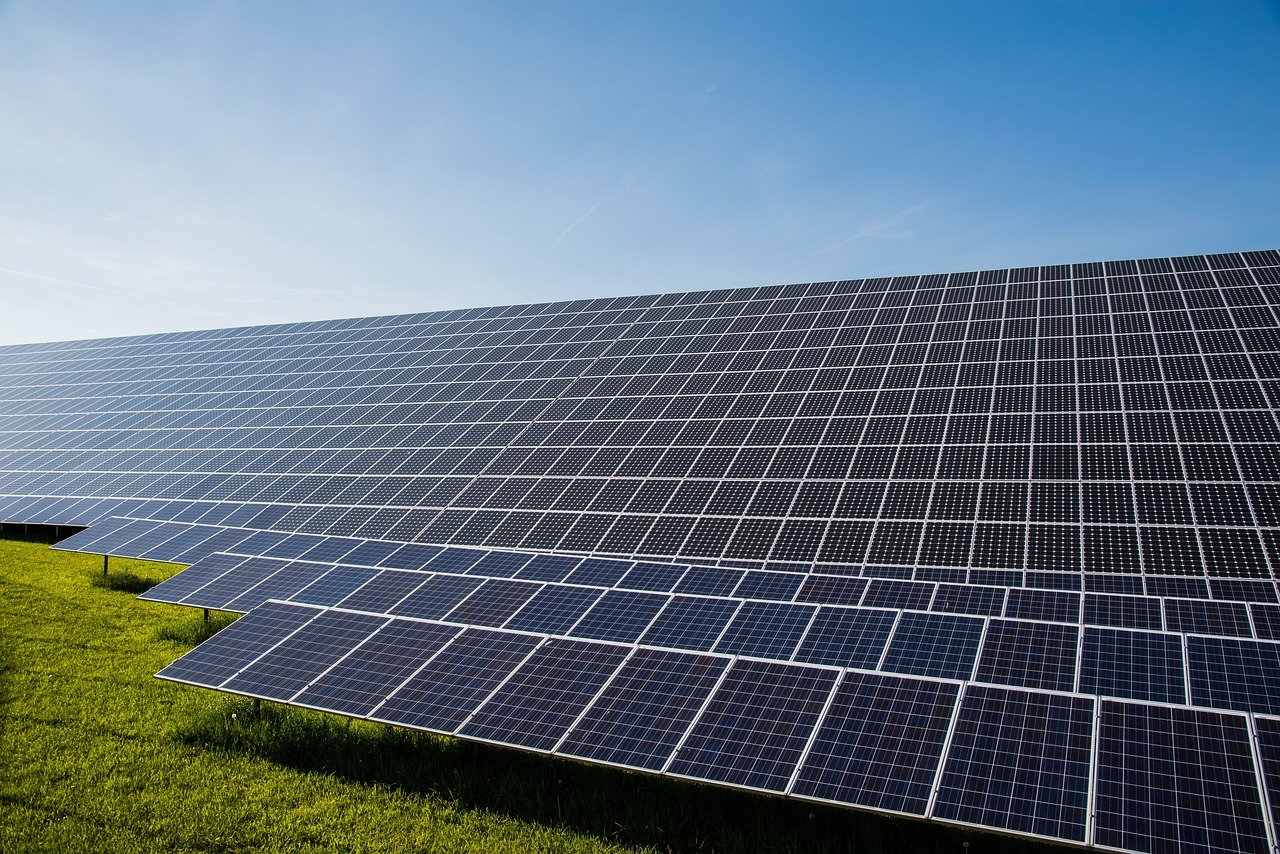Powering the Future: Inside the World of Solar Power Plants
Introduction:
Welcome to our exploration of solar power plants, the backbone of renewable energy infrastructure. In this blog, we delve into the fascinating world of utility-scale solar installations, where vast arrays of solar panels converge to harness the sun’s energy and illuminate the path to a sustainable future.
Understanding Utility-Scale Solar:
Solar power plants, also known as solar farms or solar parks, are large-scale installations designed to generate electricity from sunlight. These facilities typically consist of thousands of solar panels spread across expansive tracts of land, maximizing solar exposure to produce significant amounts of clean, renewable energy.
Harnessing Solar Radiation:
At the heart of every solar power plant are photovoltaic (PV) panels, which convert sunlight into electricity through the photovoltaic effect. These panels are strategically positioned to capture solar radiation efficiently, utilizing advanced tracking systems to optimize their orientation and tilt throughout the day for maximum energy yield.
Grid Integration and Power Distribution:
Once electricity is generated by the solar panels, it is transmitted to nearby substations via inverters, where it undergoes conversion from direct current (DC) to alternating current (AC) for compatibility with the grid. From there, the power is fed into the electrical grid, where it seamlessly integrates with existing infrastructure to meet the energy needs of homes, businesses, and industries.
Environmental Sustainability:
Solar power plants offer numerous environmental benefits compared to conventional fossil fuel-based power generation. By harnessing clean, renewable energy from the sun, these installations help reduce greenhouse gas emissions, combat climate change, and mitigate air pollution, safeguarding ecosystems and public health for future generations.
Land Use and Environmental Impact:
While solar power plants require significant land area for installation, they can be designed and implemented in a manner that minimizes environmental impact. Land management practices such as dual land use, where agricultural activities coexist with solar infrastructure, or habitat restoration initiatives can enhance biodiversity and ecosystem services in solar project areas.
Economic Opportunities and Community Development:
Solar power plants stimulate local economies by creating jobs, generating tax revenue, and fostering economic development in surrounding communities. From construction and installation to operations and maintenance, these projects support a wide range of employment opportunities, driving growth and prosperity in regions hosting solar facilities.
technological Advancements and Future Prospects:
The solar industry is characterized by continuous innovation and technological advancements aimed at improving efficiency, reducing costs, and enhancing performance. From next-generation solar panel designs to innovative energy storage solutions, ongoing research and development efforts promise to further accelerate the global transition to renewable energy.
Conclusion:
Solar power plants represent a cornerstone of the renewable energy revolution, offering a scalable, sustainable solution to the world’s growing energy demands. As we embrace the potential of solar technology and expand our investment in clean energy infrastructure, we pave the way for a brighter, more sustainable future for generations to come.

